News 10/5/10
From ToldYa: “Re: Peak Practice. Look for an announcement soon that Allscripts will discontinue the Peak Practice product (originally developed by Bond Technologies.)” Dr. Gregg Alexander shares his thoughts on the announcement here.
CCHIT extends ONC-ATCB complete certification to 17 ambulatory EHR products, plus modular certification for eight other ambulatory EHR products. The Drummond Group also certifies one complete ambulatory EHR solution and two ambulatory modular products.
The whole “complete EHR” versus “EHR module” is a bit confusing, but my take is that a complete EHR means the technology meets, at a minimum, all the applicable certification criteria. EHR Module applies to any service, component, or combination that can meet the requirements of at least one certification criterion. An eligible provider (or hospital) can have a certified EHR technology that includes a combination of certified EHR modules covering all the required functionality, rather than a single, complete EHR.
Even as more physicians in solo or small group practices move to larger groups or hospital-owned practices, plenty of doctors are sticking with solo practice. The Pittsburgh newspaper profiles a few solo practitioners who have shunned the big groups in favor of lower overhead, fewer patients, and more independence. To keep staffing and paper work at a minimum, most rely on technology:
“One trait these streamlined, independent doctors often share is an embrace of technology, in some cases setting up their own electronic medical record systems to reduce paper work.”
A local paper profiles startup Practice Velocity, a developer of practice management and EHR solutions for urgent care centers. Founded by two physicians five years ago, the company now has 58 employees and serves over 600 centers. The founders are optimistic about the company’s growth, predicting they could double in size over the next year. There’s no mention of profitability, but I can’t help wonder where these guys will be in a couple of years considering the flurry of mergers and acquisitions over the last few months.
Similarly, I’d like to peek into my crystal ball to see what happens with ClearPractice, a 10-year-old company just featured in The New York Times. Last week ClearPractice, which has fewer than 500 physician clients, introduced its latest EMR product, Nimble, designed to run on an iPad. The full EMR/PM solution is $499 and targets the 1-10 physician space. When checking out their website, I noticed that former Coker Group SVP Jeffery Daigrepont is now ClearPractice’s chief strategy officer. I interviewed him a few months ago and he shared a number of observations and predictions, a couple of which are particularly interesting in light of his new gig: the market will continue to compress through vendor consolidation and the REC business model will hurt the smaller, innovative EMR companies.
Sage’s healthcare division teams up with Agfa Healthcare to offer PACS for radiology and orthopedic practices. As part of the agreement, Agfa will recommend Sage to its ambulatory clients. In addition, the integrated Sage EHR/Agfa solution will allow users to view images from within the Sage EHR application.
Catholic Health Initiatives selects the Allscripts EHR as the exclusively endorsed EHR for its 7,200 affiliated physicians. It’s already installed at all 1,050 of CHI’s employed physicians and the Allscripts PM solution will be added. CHI is also implementing Sunrise EPSi in 73 hospitals.
More bad news about pending physician shortages. The Association of American Medical Colleges (AAMC) predicts that by 2015, the country will be short 63,000 doctors, including over 33,000 in specialties such as cardiology, oncology, and emergency medicine. AAMC claims that recent healthcare reform and the aging population will exacerbate physician shortages over the next few years.
In addition to providing wait time details for its hospitals, Centegra Health Systems (IL) now provides real-time wait information for its physician offices. Patients can access details via a smart phone or computer. I love the idea of this, but in reading the fine print, it looks like the office staff must manually update the status. Not a great solution for a super busy practice.
The AMGA continues to help members ramp up for accountable care organizations, convening 22 medical groups and IPAs for the AMGA ACO Development Collaborative. It’s a year-long project aimed at helping member organizations establish the capabilities necessary to become a successful ACO.
Population care tools that extract information from EMRs can help primary care physicians improve the care and management of all their patients, according to two new Kaiser Permanente studies. The studies analyzed patient care changes when providers used Kaiser’s Panel Support Tool (PST), which compares the care patients receive to the care recommended by national guidelines.



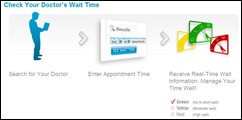




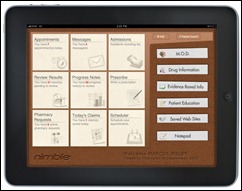
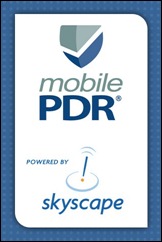


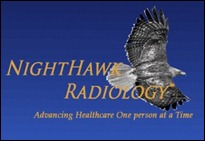
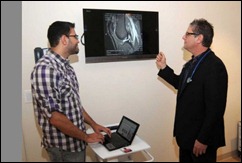
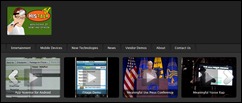


The article about Pediatric Associates in CA has a nugget with a potentially outsized impact: the implication that VFC vaccines…